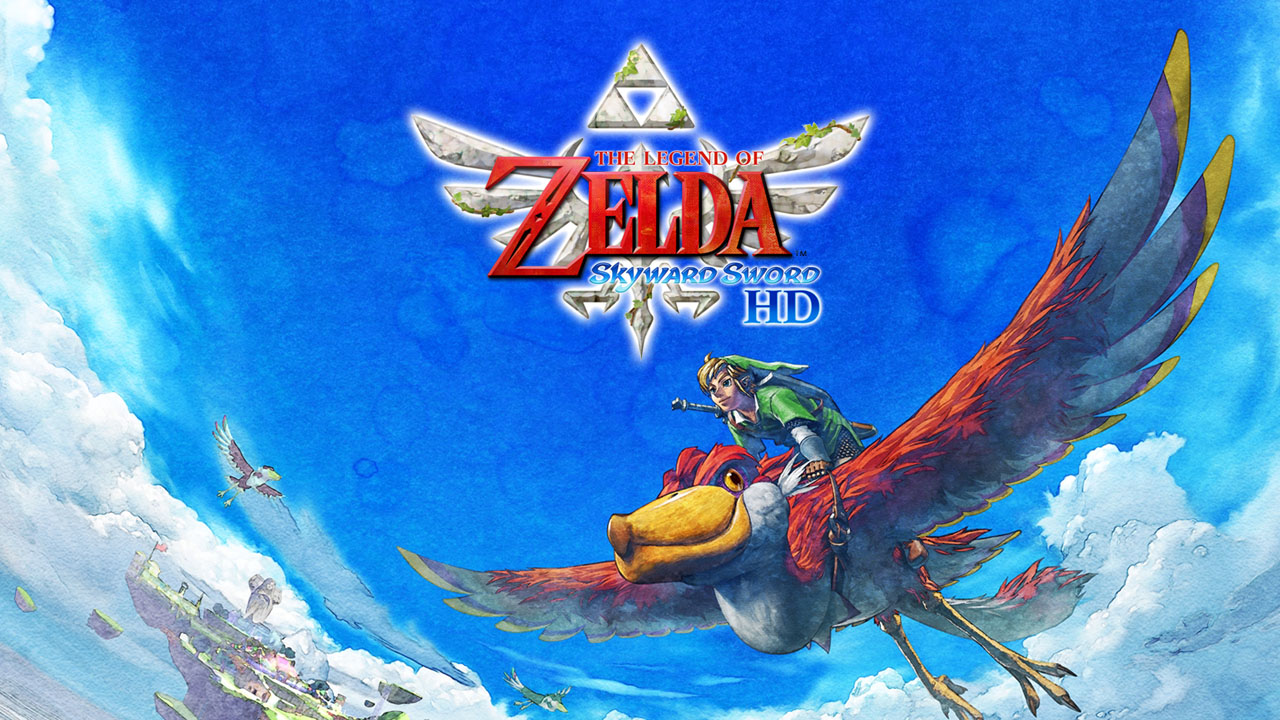
The Legend of Zelda series has a tried and true formula. Between Ocarina of Time, Majora’s Mask, Wind Waker, and Twilight Princess; the boys at Nintendo would understandably be exhausted from making such similar games. 3D Zelda in general has “the same but different” approach to most of the entries and by the time the Wii came around, an opportunity to mix things up presented itself.
There is no way around it; the Wii was a juggernaut for the casual gaming market. With Nintendo’s attention on this fertile new demographic, there was an initiative to make all their games slower paced and gimmicky. This was all done at the risk of alienating their established hardcore audience- after all, Zelda fans would buy whatever gets released anyway… right?
The Legend of Zelda: Skyward Sword would be a very unconventional and experimental entry for the venerable franchise. It would use every feature in the Wii’s motion controller and demand a higher fidelity gyroscope to make use of its new swordplay. With the motion control fad long dead and an HD remaster of this red headed step child of the Zelda series, how does Skyward Sword hold up? Find out in our The Legend of Zelda: Skyward Sword HD review!
The Legend of Zelda: Skyward Sword HD
Developer: Nintendo EPD / Tantalus Media
Publisher: Nintendo
Platforms: Wii (as The Legend of Zelda: Skyward Sword), Nintendo Switch
Release Date: November 20, 2011 (Wii version) / July 16, 2021
Players: 1
Price: $59.99
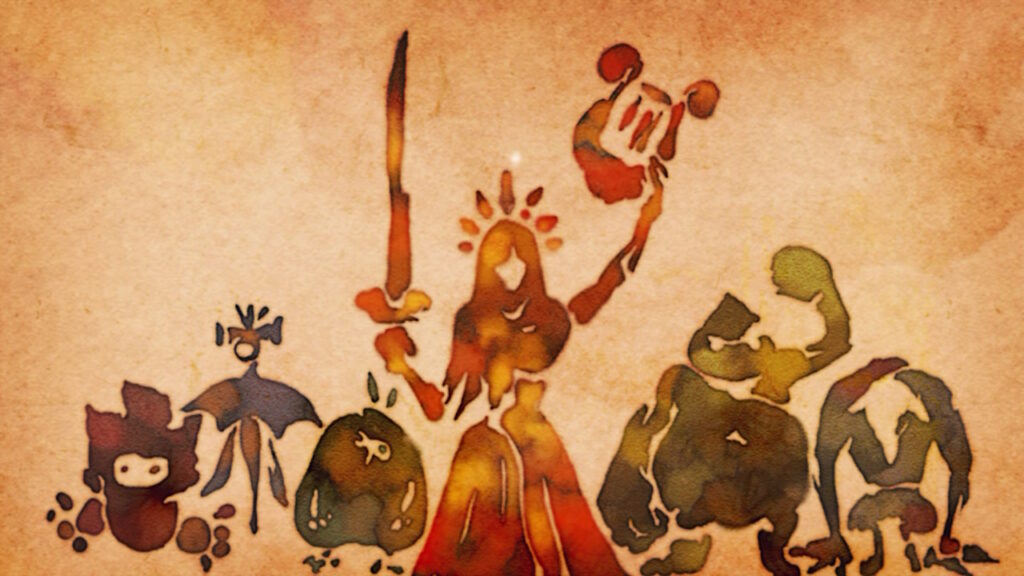
The Wii era was Nintendo at its most patronizing when it came to their game design and Skyward Sword was no exception. The original experience was rotten with prompts, tutorial messages, reminders and extremely obtrusive character interruptions through out the adventure. It made for a dreadful flow when trying to play and was a constant source of whiplash.
Skyward Sword HD is an admission of how far Nintendo went with their nannying. Fi was Link’s helper in this game and she went from being an absolute nuisance to the point of being loathsome. In this Switch port, her role has been greatly reduced and will only speak when the player seeks her guidance. This goes a long way in making her a more enjoyable character.
Overall, this more hands-off approach has been applied to the entire ethos of this HD port. All tutorial information pops up once and characters who used to interrupt Link while exploring will only speak when spoken to. The game actually allows the player to play and get immersed in the setting. It may not seem like a huge change but it is; smooths the flow in a big way and the scenario moves at a quicker pace.
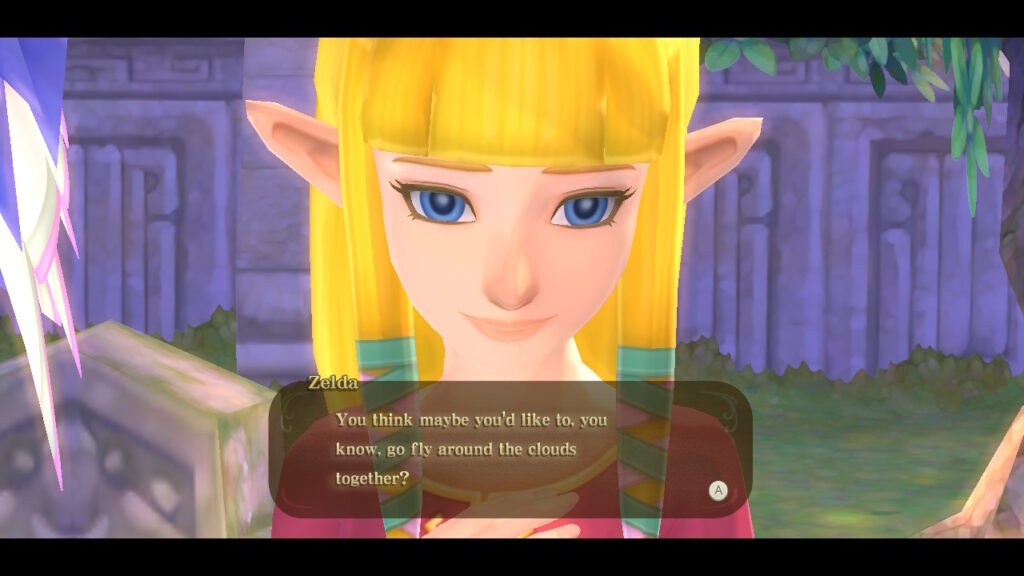
Since Skyward Sword was from the era of Nintendo catering to a casual demographic; it also became the Zelda game with the biggest emphasis on story and cutscenes. Some people really get invested in the narrative and lore in The Legend of Zelda and while there is a layer of deep subtext to some of the games in the series, Skyward Sword is the one with the least substance and the most anime melodrama.
For a Zelda game, there are a lot of cutscenes and many of them can be surprisingly long. Cinematics in games can elevate the scenario and add context. In Skyward Sword HD, most of the time the scenes are not interesting enough to warrant such a huge emphasis on story telling.
The plot is the same as its ever been in any other Zelda game, with the only difference is that Zelda herself is more present than normal. Being a prequel to everything in the lore and trying to explain the origins behind all the familiar Zelda iconography ultimately doesn’t amount to anything. In some cases, some story elements contradict events in older games, like the origins of Link’s hat not actually being a tribute to Ezlo.
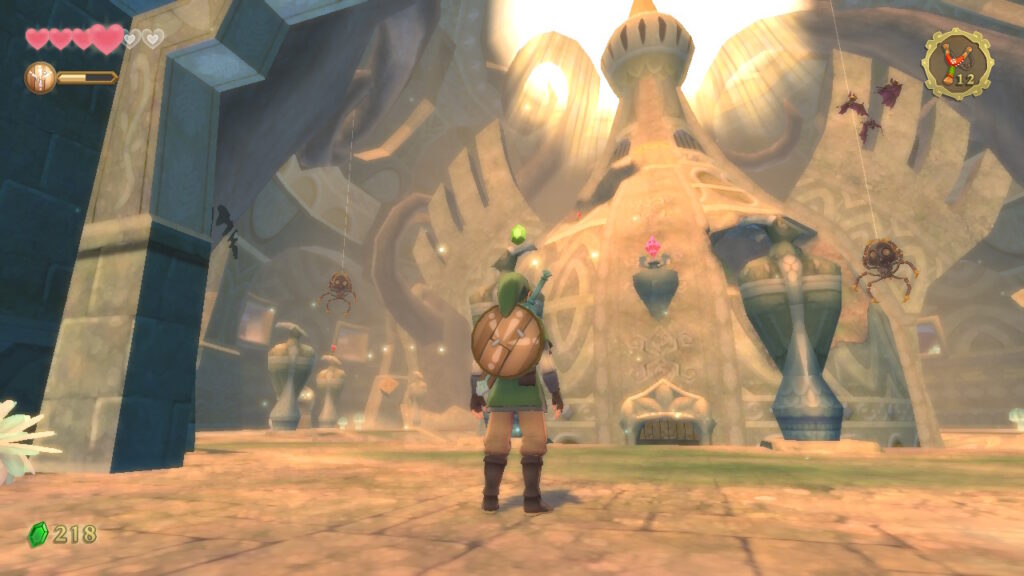
The story is rarely a reason to play a Zelda game. There are some touching moments within the setting, usually in the form of some side activities or NPC dialogue, but it is not the real draw of the franchise. What most people come to Hyrule for is adventuring and vanquishing evil.
Skyward Sword’s setting is a disappointing compared to Hyrule in prior games. The promise of a sky version of Wind Waker’s great sea is sadly not kept and the big open air amounts to two towns, a mini game island and mostly small rocks with a lame treasure chest on it.
Beneath the clouds is more disappointing since the sky functions as a glorified level select screen. There are three main areas that most of the game will be set within; a forest, the volcano and the desert. The forest and volcano areas will be all too familiar to The Legend of Zelda veterans, but the desert has a very creative gimmick involving time manipulation and sailing that makes it the most memorable part of the game.

In a perfect world, all three of these areas would have connected to each other in cheeky ways like in Metroid Prime. Since Link will have to fly back up into the sky and then skydive down to other areas frequently, the world ends up feeling very fractured and disconnected. Skyward Sword‘s setting rarely ever feels real- it is not like in past games where the areas would connect in logical and believable ways.
The main gimmick of Skyward Sword was and still is the motion controls and combat. The idea was to have 1:1 swordplay to make the action as immersive and intuitive as possible, as well as apply the same gimmicks to all of Link’s tools. Players won’t be doing the same thing for very long since this game uses every feature the Wii remote plus had packed into its hardware.
When translating this to the Switch, the gameplay is mostly intact with a few issues. Since there is no sensor bar for the joy cons, gyroscopic drift is inevitable when there is no single point for the controllers to focus on. Every so often, players will have to recalibrate to reset the aiming. It is a minor annoyance, but it is the least of the issues in Skyward Sword.
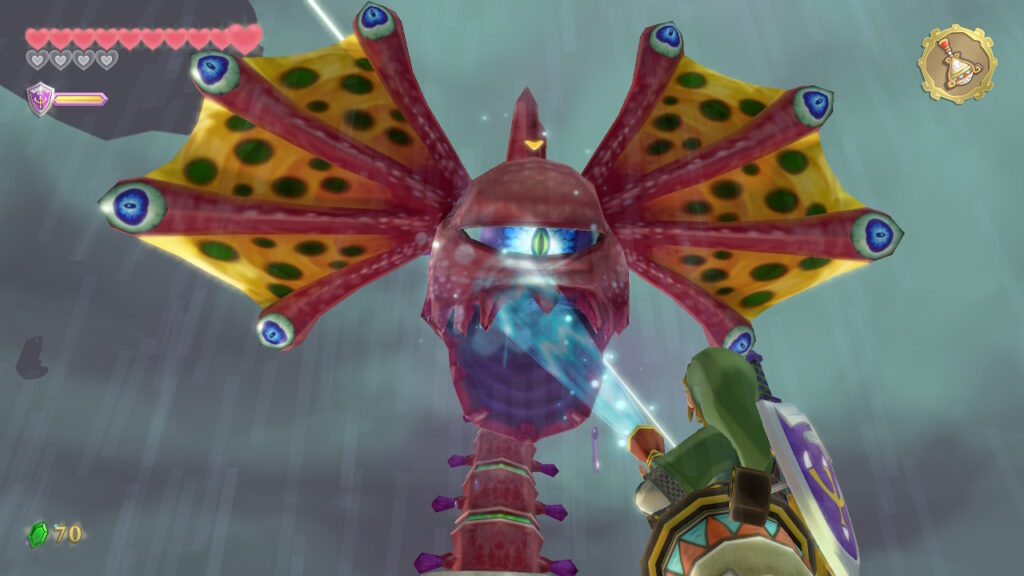
The great experiment of making 1:1 motion controlled action for Skyward Sword just does not live up to the dream. The reality is the game feels so slow when compared to all prior entries. Threats requires more attention now and combat has a stop and go flow to it since Link’s strikes bounce off enemy defenses.
Link can’t move and swing his sword. He comes to a screeching halt every time anyone will swing a joy con. What is especially frustrating about this is that Link could move and swing his sword in Twilight Princess; another flawed Zelda game that manages to be more forward thinking with its design.
The biggest innovation in Skyward Sword HD is the addition of camera control being mapped to the right analogue stick. This adds a new level of control when exploring and taking in the sights. Sadly it is not implemented as well as it could have been. Playing without motion controls maps the sword action to the right analogue stick and controlling the camera is toggled by holding down the L shoulder button.
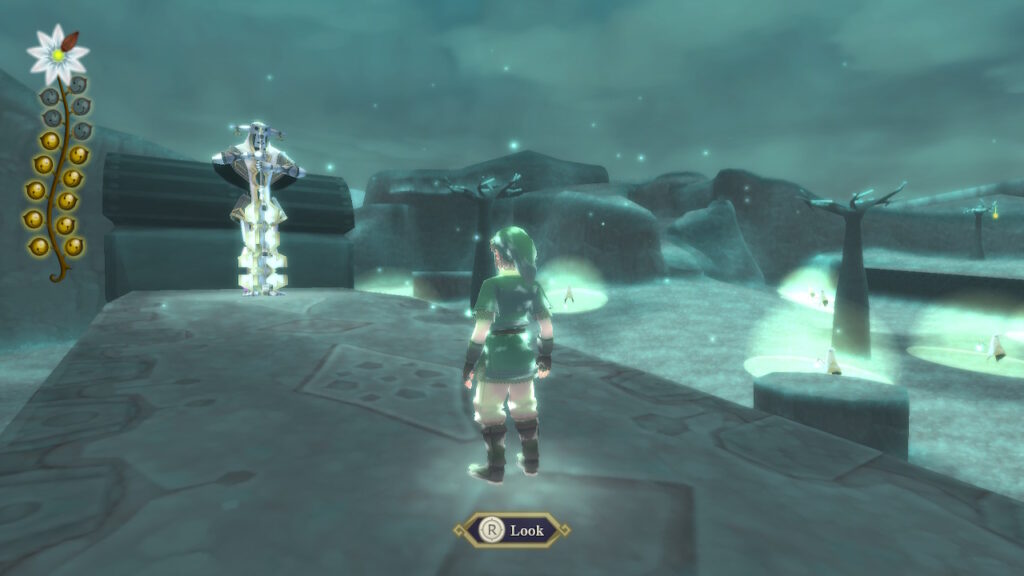
This is the only camera control scheme available in portable mode and it takes a lot of getting used to. There is no way to switch the functions to hold L to activate sword mode or pressing it once to toggle it. There needed to be more options to make the controls more flexible for portable play.
Everything else in Skyward Sword HD controls so much better without motion controls. Flying around on the large bird or manipulating the remote controlled beetle is so much easier and smoother with basic analogue sticks. Basic actions like aiming arrows are so much more natural that dealing with touchy motion controls that need constant calibration.
Gameplay become so much more immediate with analogue stick flicks and button presses. There is no input delay and the tactile click and snaps of buttons is more substantial feedback than swinging arms around and hitting air.
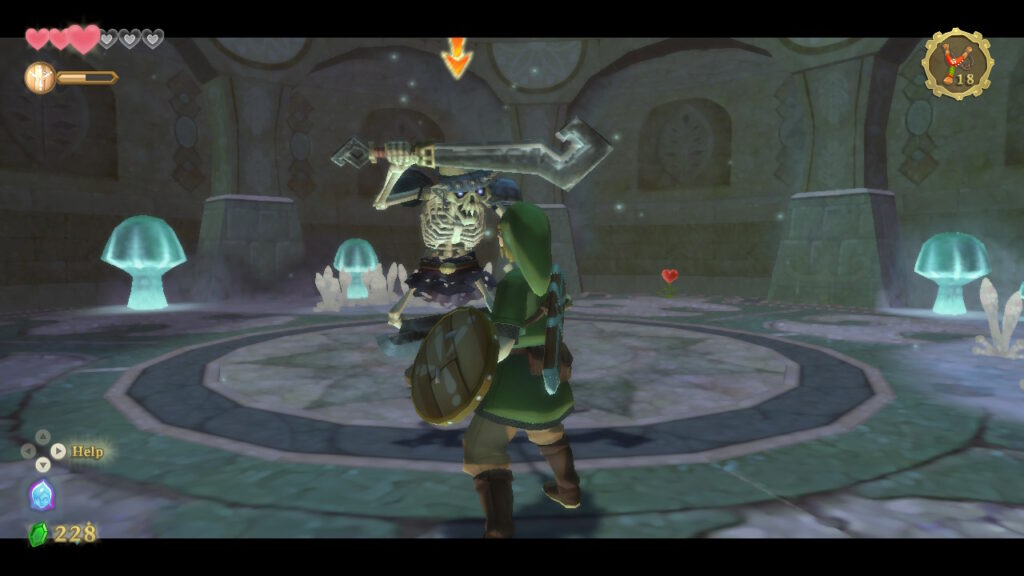
The downside to playing without motion controls is that every gameplay module won’t have motion controls. Skyward Sword has a ton of gimmicks in it and being able to choose which ones you want to have motion controls activated would have helped solve some of the control issues.
It is not possible to fly the big bird with analogue sticks but use motion controls for sword play. Skyward Sword HD missed the opportunity to have options for players to choose which module to have traditional controls or motion.
One of the big selling points of Skyward Sword HD is that doubles its frame rate from 30 on Wii to 60 on Switch. The presentation and animation quality greatly benefits from this huge boost in fluidity. Even the gameplay feels more responsive with the refresh rate being so much higher.

The visuals of Skyward Sword try really hard to lean in on art direction to make up for the Wii’s lack of technical specs. For the most part, it is not a bad looking game, but there are many assets that will stand out for being extremely basic. Environments are often very simple and are made up of smaller areas that connect to each other.
In prior games like Twilight Princess or Wind Waker, some areas would be huge and be teeming with details. The most detailed area in Skyward Sword is the starting town area and its a location that is constantly returned to, making the world feel small and artificial.
Textures have been improved but not by a huge margin. Skyward Sword aims for a painterly style and relied on this to have a timeless look like how Wind Waker pulled it off. The visuals do not hold up as well as Wind Waker does, but this is due to having more realistic characters and setting.
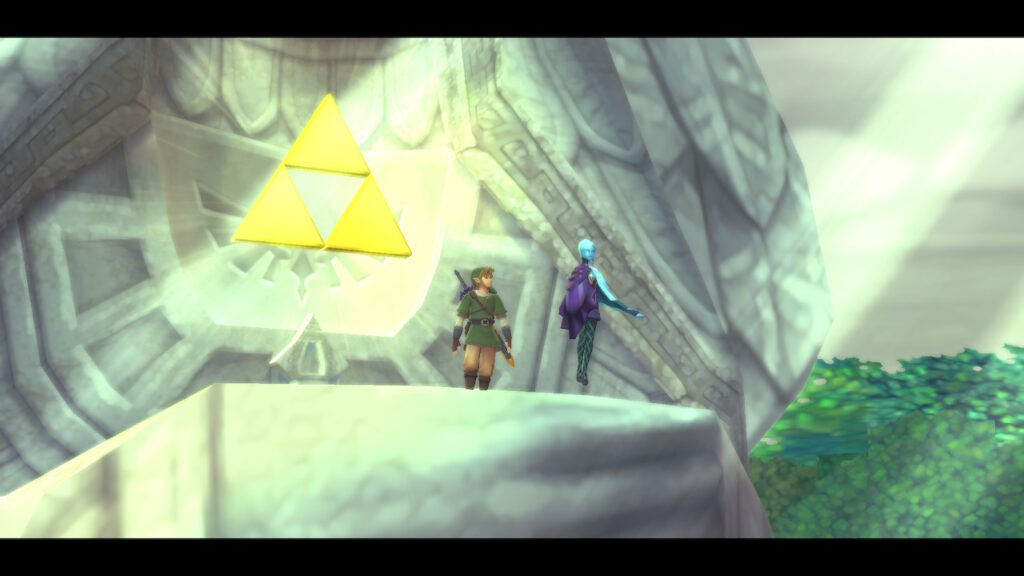
Sadly, the obscuring painterly effect for distant objects is missing in this HD version. This was possibly an effect used on the Wii version to disguise low level detailed objects that were being culled into the game world. The effect being cut in the HD version is likely due to the improved specs of the Switch being able to load all the assets at maximum fidelity.
What matters most is that the core game is intact and the experience has been improved even if dozens of the flaws are rooted in its foundation. Skyward Sword HD still has the same filler as before, with a few bosses having to be fought three times each with only minor variations. This happens towards the latter half of the game and it becomes extremely tedious.
Skyward Sword HD is at its best when players are exploring dungeons, messing around with tools and solving environmental puzzles. The scenarios and gimmicks within are as good as they have ever been in this series. The tight level design and architecture in the dungeons are some of the best in a Zelda game.
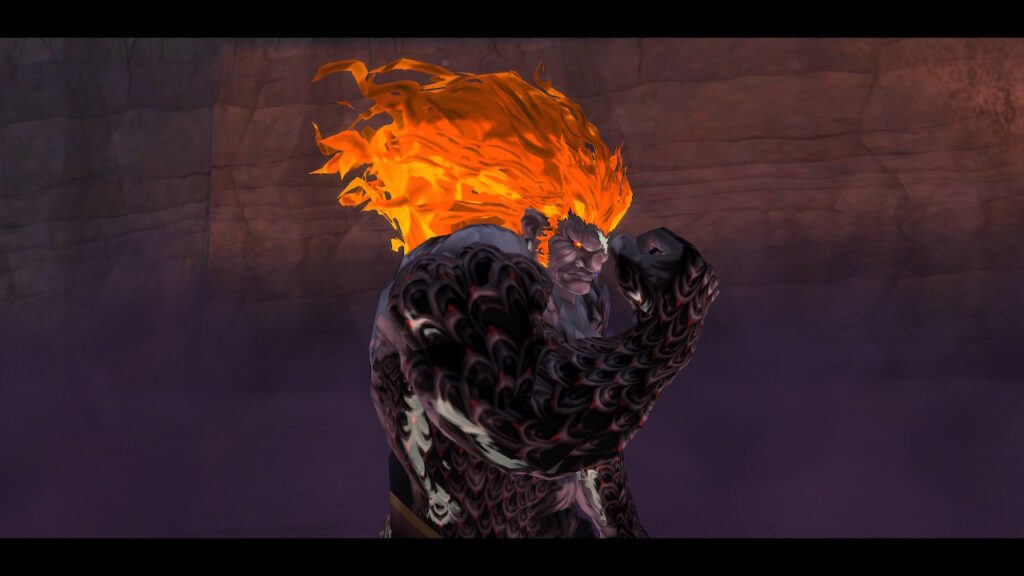
Amiibos are something Nintendo never got right. Most of them are useless and only are compatible with one game. If Nintendo cared, every amiibo would do something cool for every single game they release. In some instances, amiibos are used in truly heinous ways, like in Metroid: Samus Returns where a bonus mode was completely locked behind the Metroid amiibo, which has become rare and expensive.
Skyward Sword HD has its own amiibo which has became rare and expensive before it came out. What is truly insidious about this particular amiibo is that it unlocks an extremely useful and helpful ability to instantly transport to the sky and return to the exact point of exit. This would cut down on travel time when going back and forth to town to trade or upgrade equipment.
What is even more embarrassing is that Nintendo didn’t even implement the feature properly. The offending amiibo has to always be used for this feature to work. It is not like the Fusion Mode in Metroid: Samus Returns where the amiibo is used once and that’s all. Playing portable and on the go means having to carry this repugnant hunk of plastic everywhere in order to use this feature.

The Legend of Zelda: Skyward Sword HD marks the franchise’s 35th anniversary. As of this review, Skyward Sword is already a decade old and yet it is outrageously priced at $59.99. For that kind of money, this should have been a package of more than one game. The improvements are welcomed, but improvements are the bare minimum for any rerelease from 10 years ago.
At the very least, this should have had The Legend of Zelda: The Minish Cap included since both games are centered on the earliest points in the series’ timeline. Nintendo couldn’t even bother to include NES roms of the first two games. There is no reason why this needed to cost this much.
The great irony of Skyward Sword is that Nintendo struggled to make it have motion controls as refined as possible and in the end it made it a worse experience. Only when a traditional control scheme was implemented and the game took on a less patronizing game design philosophy is when players can appreciate Skyward Sword‘s finer aspects.
The Legend of Zelda: Skyward Sword HD was reviewed on Nintendo Switch using a review copy purchased by Niche Gamer. You can find additional information about Niche Gamer’s review/ethics policy here.